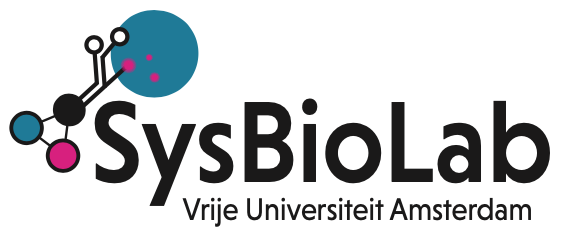Two papers were recently published by Chrats about microbial communities.
In the first paper, the authors show how microbial communities change during wine fermentations, what are the differences in microbial composition between vineyards and which ones are the species that are present during problematic fermentations. In the second paper, which is a first-authorship for Chrats, the authors applied a computational approach to two microbial communities (from kefir and wine) to find properties that distinguish a species from the others. For example, in the case of Kefir, the algorithm predicted that Lactobacilllus kefiranofaciens was dominant during Kefir fermentations, probably because of the high amount of amino acid auxotrophies.
Overall, both papers provide new bioinformatics tools to study very complex microbial communities and generate new insights for important fermentations in the food industry.

Recent Comments